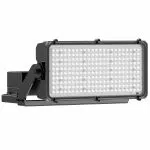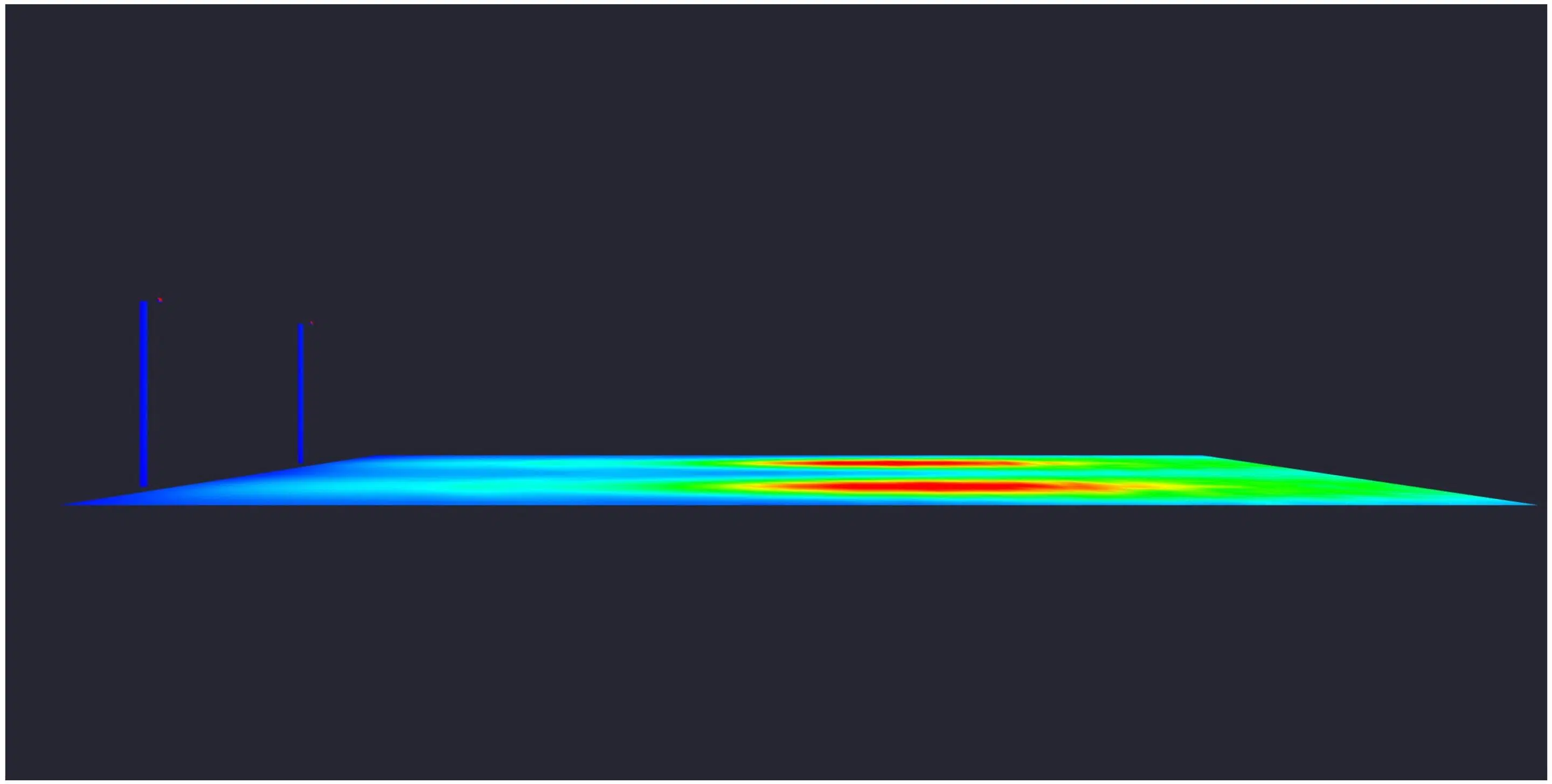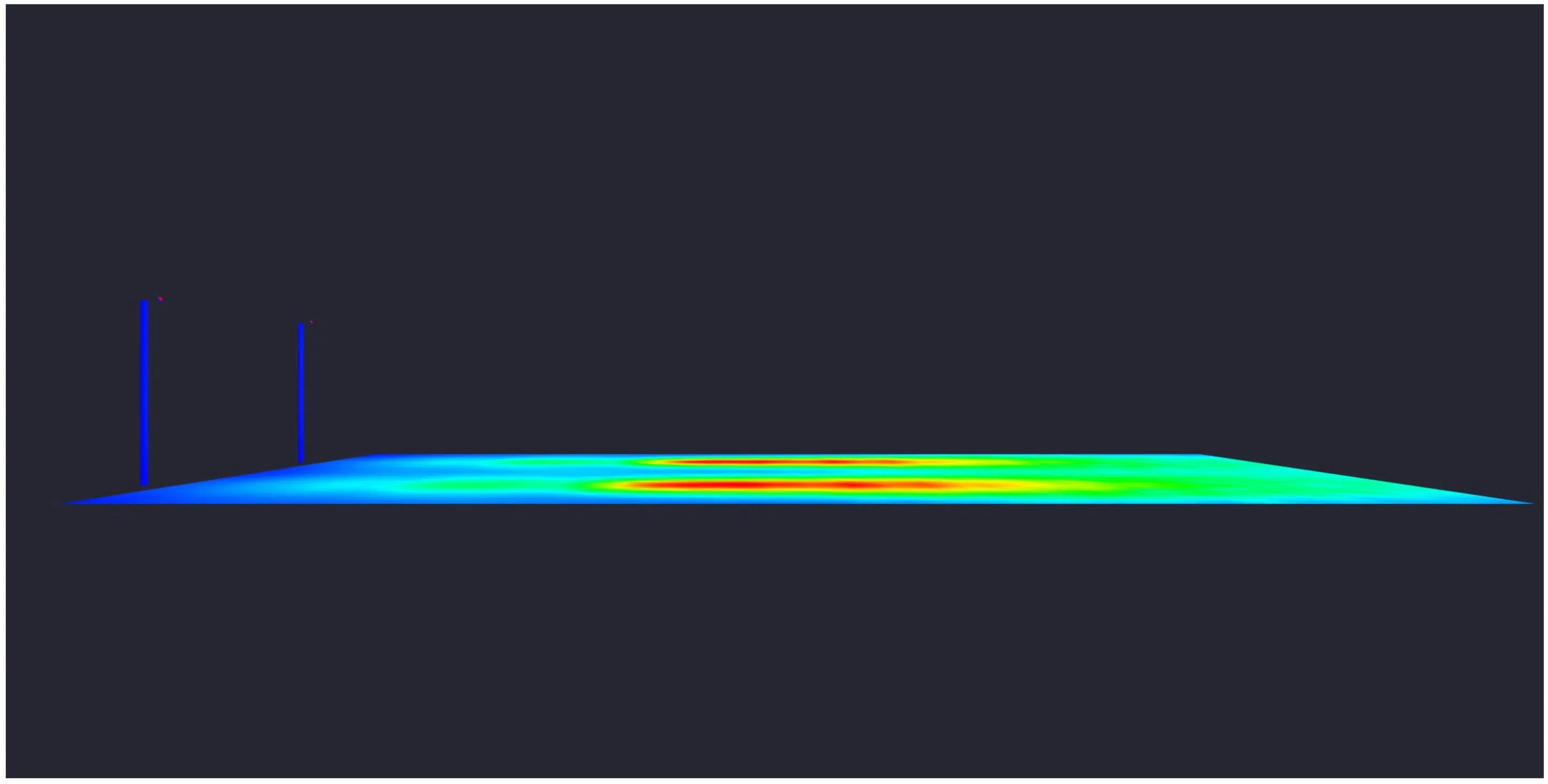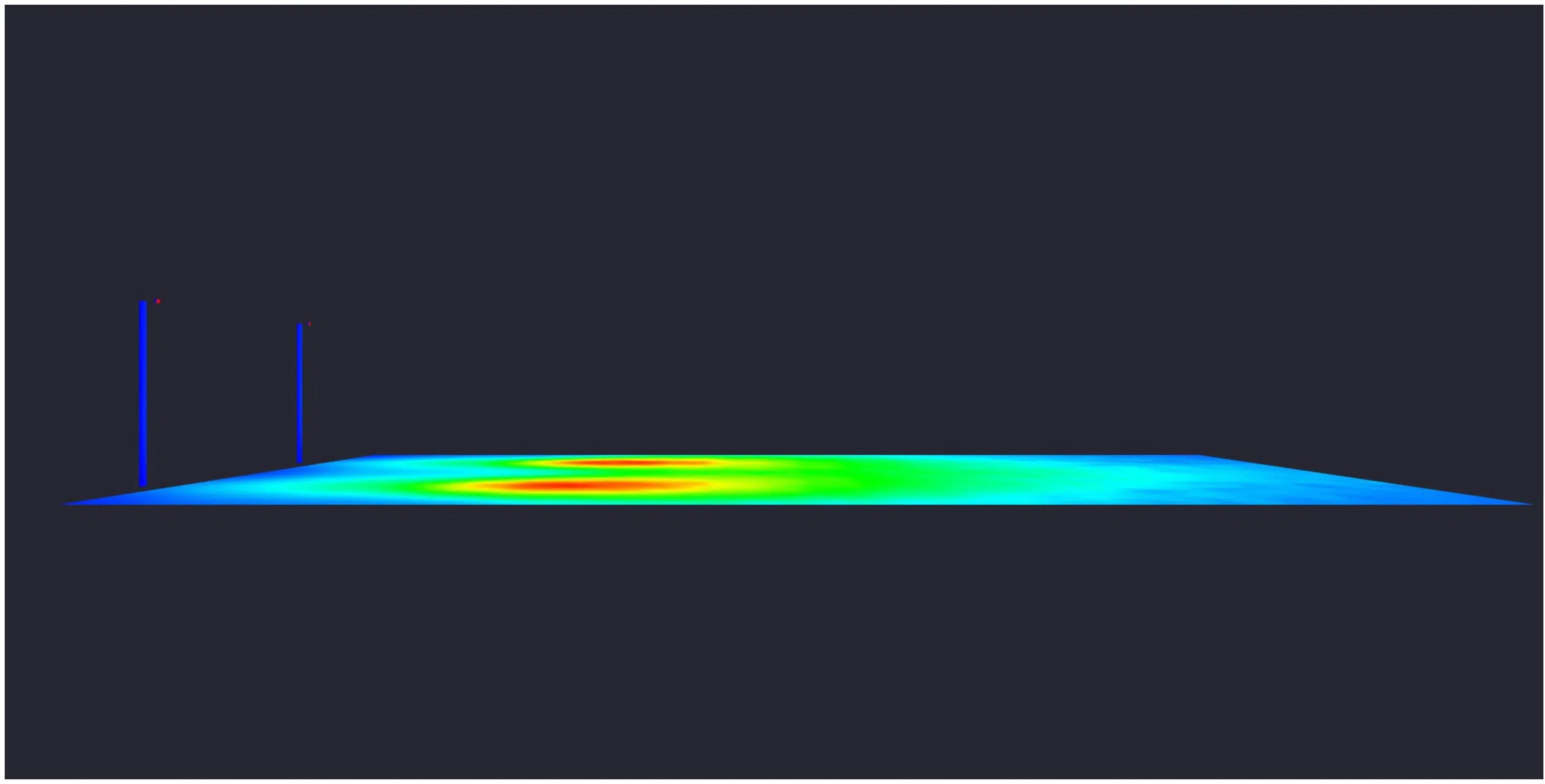Buyers Guide to LED Baseball and Softball Lighting
9 Tips for Choosing the Perfect Baseball and Softball Lights
Baseball and softball field lighting represents one of our most frequent project types after 17 years in commercial lighting. Modern LED technology has revolutionized field illumination, delivering significant improvements in efficiency and cost savings compared to traditional Metal Halide systems. Upgrading existing fixtures makes financial sense for virtually every facility. Field lighting presents unique challenges, particularly in achieving proper brightness ratios between infield and outfield areas.
Most recreation through collegiate facilities work with 6 to 8 poles in their configuration. We typically see an 8-pole setup with 4 poles illuminating the infield and 2-4 poles covering the outfield to maintain proper light distribution.
LED sports lights combine high output, superior optics, and precision beam control in ways that traditional fixtures cannot match. Without professional lighting plans, selecting the optimal combination becomes guesswork. Our specialized software eliminates uncertainty by modeling exact performance before purchase, ensuring every project succeeds from day one.

Click Here to See Our LED Baseball Field Lights
Click Here to See Our LED Softball Field Lights
1. Lighting Plans are the Key to Success
Professional lighting design comes first, before any fixture selection. Field requirements vary dramatically based on pole height, dimensions, and target foot candle levels. A 4-pole softball configuration demands completely different fixture counts and positioning compared to an 8-pole baseball setup. Our baseball field lighting layouts precisely define infield versus outfield illumination requirements while calculating exact foot candle delivery. The comprehensive report includes 3D renderings showing light distribution patterns, uniformity ratios, and visual balance across your entire facility. No guesswork, no surprises after installation.

How Many Sports Lights Do You Need?
Fixture quantities depend on multiple interconnected variables-foot candle targets, pole heights, pole positions, and field dimensions all influence the final count. Mathematical modeling through lighting plans removes all uncertainty from this equation. Lighting Plans take the risk out of purchasing lights. Scroll to the top of this page and ask for yours. We’ve delivered thousands of FREE lighting plans across every field configuration imaginable. Our fixture selection covers recreational through collegiate requirements, with options for virtually any budget level.

2. Pole Placement: Baseball Fields and Softball Fields
Most softball and baseball installations utilize 4, 6, or 8-pole configurations. Additional poles create better uniformity and reduce shadows, though we generally recommend prioritizing taller poles over shorter ones. Height provides natural advantages-improved light distribution, reduced glare, and better player visibility.

3. Determine the Light Levels You Need – Think Lumens
Understanding lumens versus watts represents the biggest learning curve for most customers. Higher wattage doesn’t guarantee brighter illumination-efficiency matters more than raw power consumption. Lumens per watt efficiency determines real-world performance. Field size and pole height drive fixture selection more than any other factors. Advanced optics can extend light throw distance, but sometimes you simply need higher lumen output to achieve target illumination levels. We typically recommend 40-foot pole heights when possible, though budget constraints often require shorter installations with tighter beam angles to compensate.
4. Foot Candle Requirements and Options
Baseball and softball installations require separate foot candle calculations for the infield and outfield zones. Infield areas always demand higher illumination to support close-action gameplay. Target levels scale directly with competition level and usage intensity.
Softball Field and Baseball Field Foot Candle Guidelines
- Collegiate (Televised): Infield: 100 FC, Outfield: 70 FC
- Collegiate: Infield: 70 FC, Outfield: 50 FC
- High School Baseball Field / Softball Field: Infield: 50 FC, Outfield: 30 FC
- Little League Baseball Field / Softball Field: Infield: 50 FC, Outfield: 30 FC
- Recreational: Infield: 30 FC, Outfield: 20 FC

5. Great Sports Field LED Lighting Options

400 Watt LED Flood Light | 56000 Lumens
![Mllg Ag Led Imf 600 5 [optic] Tr [v]](https://www.ledlightingsupply.com/wp-content/uploads/2020/02/MLLG-AG-LED-IMF-600-5-Optic-TR-V-1-150x150.jpg)
600 Watt LED Flood Light | 84000 Lumens | 5000K

400 Watt LED Stadium Light | 60000 Lumens
6. Make Sure You Know Your Voltage
Building voltage typically ranges from 100 to 480 volts across different facilities. LED drivers automatically detect and adapt to incoming voltage within their rated range, eliminating manual adjustments or configuration changes. Our fixtures accommodate both standard and high-voltage applications:
- 100V-277V (Standard)
- 277V-480V (High Voltage Option)
Takeaway: LED drivers seamlessly adjust to whatever voltage feeds your installation, provided it falls within the fixture’s specified operating range.
7. Understand Color Temperatures
Outdoor baseball and softball field applications perform best with 4000K or 5000K color temperatures. We strongly recommend 5000K for Metal Halide replacements, as it closely matches the crisp, bright appearance players and spectators expect. High-Pressure Sodium upgrades benefit from either option, representing massive improvements in color rendering and visual clarity.
8. Selecting the Best Optic / Beam Angle
Optic selection requires careful consideration of field dimensions and pole heights working together. Our lighting plans determine optimal beam angles mathematically rather than through estimation. Shorter poles demand tighter optics to maintain proper throw distance, while field size and pole spacing influence the final beam angle choice.
A Real-World Example of How Optics Work
Five simulations demonstrate the beam angle impact on a 100 ft by 200 ft area with two lights mounted at 30-foot height. Fixture positioning remains constant across all tests-only beam angle changes. Each example uses our 400-Watt IMF Flood fixture for consistent comparison.
10 Degree Optic

15 Degree Optic

30 Degree Optic

45 Degree Optic

60 Degree Optic

9. Baseball Field Lights Cost – How To Find the Most Cost-Effective Option
Project costs scale directly with illumination requirements and existing infrastructure. Facilities with poles already in place enjoy significant advantages over ground-up installations. Re-lighting projects often surprise customers with their affordability, especially when right-sized for actual usage rather than theoretical maximums. Understanding true lighting needs, not just published standards-frequently reveals cost-saving opportunities without compromising performance.
Safety and Performance Certifications
All our fixtures carry essential certifications, including DLC Premium, UL Listed, and ETL Listed approvals. These certifications ensure safety, performance, and energy efficiency while qualifying your project for utility rebates and tax incentives. DLC Premium certification guarantees the highest efficiency standards and maximum rebate eligibility.
Warranty and Warranty Support
All our lights come with at least a 5-year warranty, and all warranty support is based in the USA. We take customer support seriously, and helping you with a warranty claim is important to us. Our experienced support team understands the importance of keeping your lighting operational and will work quickly to resolve any warranty issues.
Why LED Lighting Supply Sports Lighting Projects Succeed
Our product specialists bring decades of combined field experience across thousands of completed sports lighting installations. We understand that every facility faces unique challenges with pole configurations, field dimensions, and budget constraints. Our custom lighting plans include detailed energy savings calculations showing exact cost reductions from your current system. These calculations factor in your local energy rates, operating hours, and maintenance savings to provide accurate ROI projections. Our technical team provides expert guidance throughout your project to ensure optimal fixture selection and configuration. You receive the same professional-grade analysis used by major universities and professional facilities, regardless of project size or budget.
